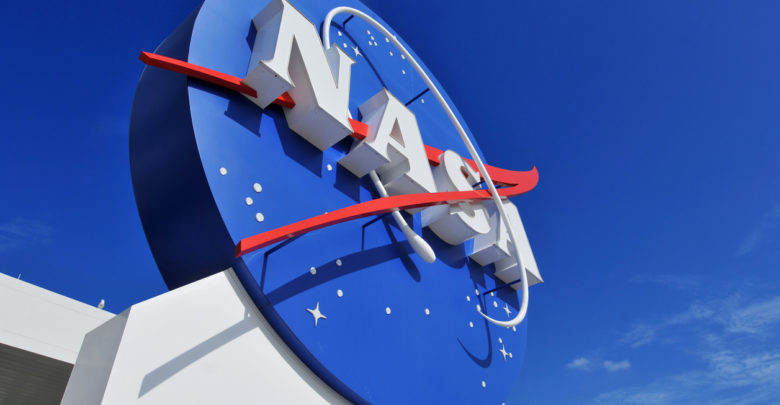Science
NASA Planning To Send Humans To Mars Within The Next 25 Years
The US space agency has a lot to technological and medical challenges to overcome first

The National Aeronautics and Space Administration (NASA) has announced its big plans of sending humans to Mars within the next 25 years, though there are still numerous technological and medical challenges to overcome.
“The cost of solving those means that under current budgets, or slightly expanded budgets, it’s going to take about 25 years to solve those,” former NASA astronaut Tom Jones told reporters in Washington. “We need to get started now on certain key technologies.”
Jones had flown on four space shuttle missions before retiring in 2001.
Mars, which is located at an average distance of about 225-million kilometers, poses scientific problems of magnitude greater than anything ever encountered by the Apollo lunar missions. So, the big hurdle which the US space agency is going to face is to protect astronauts from cosmic rays, solar flares and radiation levels that are so high on Mars that it would result in the amount of radiation an astronaut might be exposed to over an entire year, reported USA Today.
The space agency will also need to construct a spacecraft that could easily take off with humans and cargo and make a safe landing on Mars.
Notably, with the current rocket technology, it would take up to nine months for an astronaut to reach Mars. Floating for that long in zero gravity would result in huge physical toll which may also result in irreversible changes to blood vessels in the retina, leading to vision degradation. The skeleton also begins to leach calcium and bone mass in zero gravity.
So, NASA will need to come up with new rocket technology that would dramatically cut down on travel time to Mars.
“If we start now, in 25 years we might have these technologies available to help us and protect us from these long transit times,” Jones said.
NASA’s ongoing Mars Interior Exploration using Seismic Investigations, Geodesy, and Heat Transport (InSight) lander is due to land on the Red Planet on November 26. The $993 million worth project is expected to provide key details about the Red Planet’s interior conditions which will help astronomers in planning future trips.





